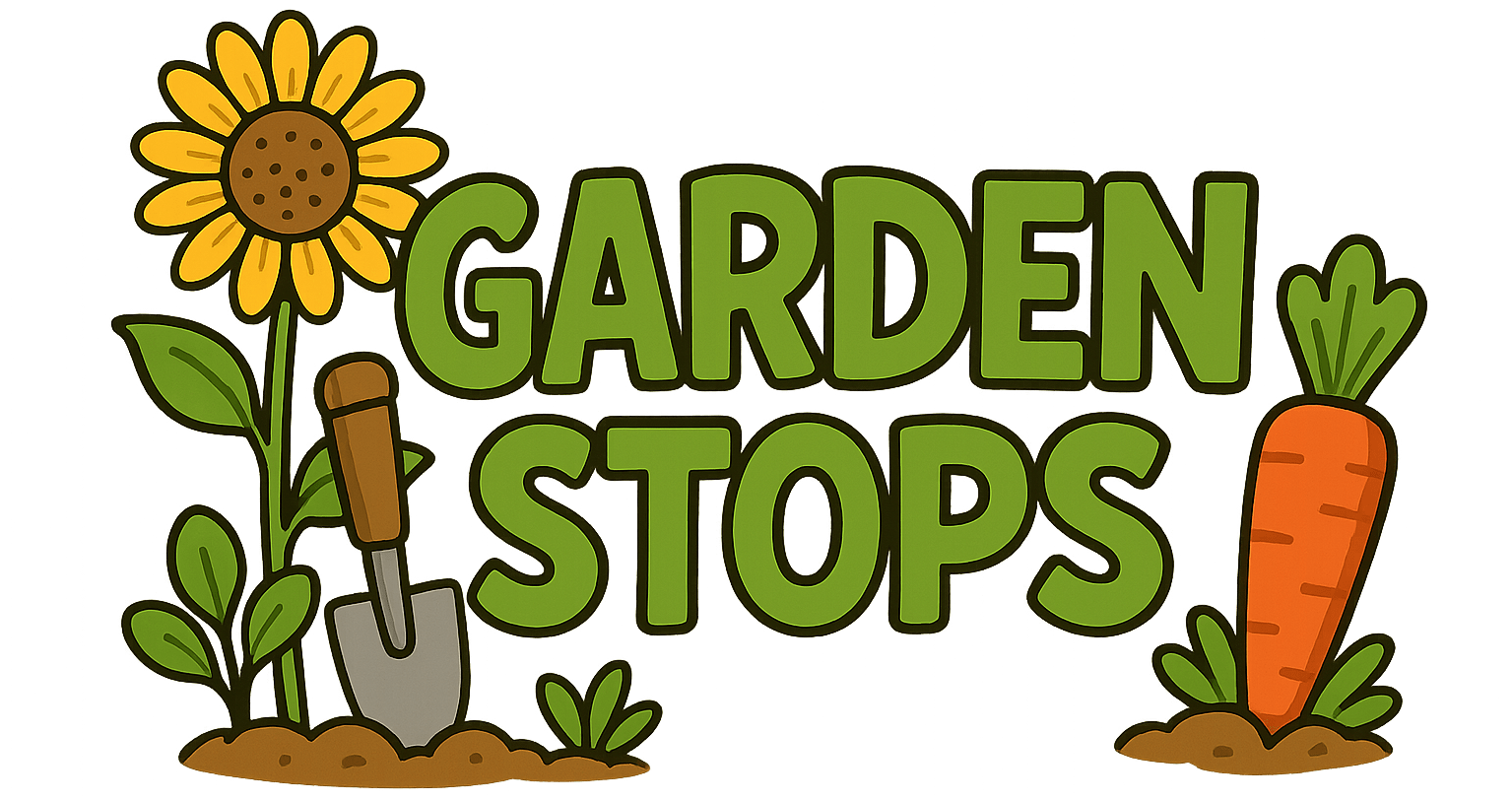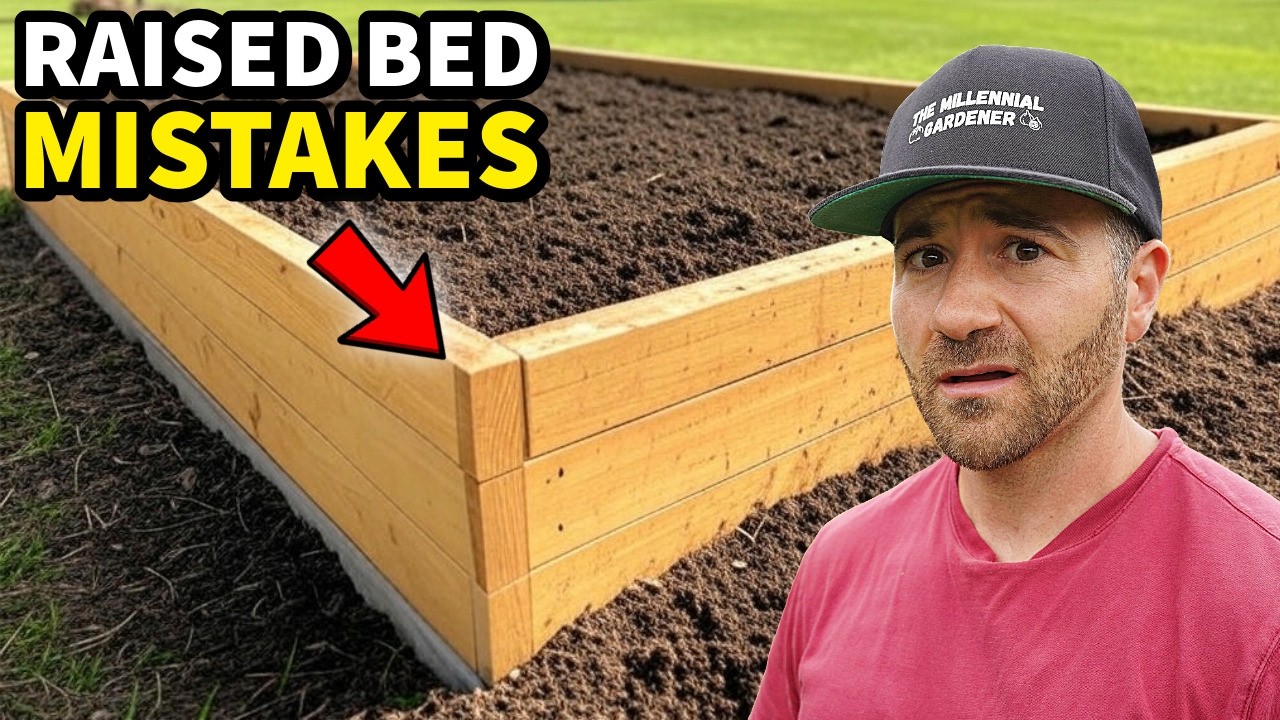Are you passionate about your garden and eager to see it thrive? If you’re using raised beds to grow your vegetables and flowers, it’s easy to make mistakes that can hold you back. In this post, we’ll reveal the three most common raised bed gardening errors and show you how to avoid them, so your garden can reach its full potential.
Garden Disaster: Avoid These 3 Common Raised Bed Gardening Mistakes
Introduction
Gardening is, without a doubt, one of the most charming forms of attempted control over chaos. There’s something irresistibly satisfying about planting a tiny seed and watching it burst into a lush, leafy masterpiece—except, of course, when it isn’t. Because despite our best intentions, garden disasters happen more often than one cares to admit. Raised bed gardening, in particular, is a practice beloved by both seasoned green thumbs and enthusiastic beginners because it promises neatness, improved soil control, and easier access. Still, even the most meticulously constructed raised beds can devolve into patchy wastelands if you fall into common traps.
Think of your raised garden beds as the stage for your horticultural dreams—get the show right, and it’s a spectacle of flourishing greenery. Miss a crucial cue, however, and you’re left with a disaster zone that makes even the most optimistic gardener question their choices. Fortunately, many of these pitfalls are entirely preventable. By understanding the frequent missteps and learning from seasoned gardeners’ lessons, you can transform your patch of dirt into an Eden that would make even the most ambitious vegetable producers jealous. So, grab your trowel and a sense of humor—let’s dig into the three most common raised bed gardening mistakes and how you can avoid them before your plants throw a fit.
The mistake of building raised beds with the wrong depth
Picture this: you excitedly construct your raised bed, envisioning rows of ripe tomatoes and vibrant greens, only to be greeted with stunted plants and sluggish growth. The culprit? An inadequate depth in your beds. You see, plants are a bit like Goldilocks—too shallow, and their roots get cramped; too deep, and you’re wasting space and resources. Most experts agree that a minimum of 12 to 18 inches of soil depth is essential for most vegetables, herbs, and flowers, providing a generous cushion for roots to spread, thrive, and seek out nutrients.
When I first started backyard gardening, I underestimated this principle entirely. My first raised beds were merely about 8 inches deep—because I thought, “How hard can it be?” Spoiler: pretty hard. The plants struggled to establish, and I spent countless weekends agonizing over slow growth and pale leaves, all the while ignoring the fact that I had effectively penned them in like sardines in a tin. Proper depth isn’t just about accommodating mature plants; it’s also about allowing enough space for root systems to access moisture and nutrients deep in the soil. Think of deep beds as giving your plants a comfy hotel room, not a postage stamp.
Not all soil mixes are equal either. Filling your beds with a high-quality, nutrient-rich blend—not just garden soil from the local dump—can make all the difference. It’s an investment in the health of your flora, ensuring you won’t wake up one day to a wilting, unhappy mess that’s more “garden nightmare” than “green paradise.” The right depth, coupled with a rich soil mix, sets the foundation for a bounty rather than a bust.
Neglecting proper spacing and aisle access
Here’s a little secret that seasoned gardeners swear by: you can’t grow a good crop in a crowded garden. I learned this lesson the hard way when I tried squeezing in every plant I saw online—cherry tomatoes threatening to overtake my lonely cucumbers, basil plants practically whispering, “We’ll be better with more room,” as they competed fiercely for sunlight and nutrients. The result? Overcrowded beds, tangled plants, and constant battles with pests and weeds.
Adequate aisle spacing isn’t just about comfort; it’s a matter of survival. When you leave enough room between rows and inside beds, you give each plant space to breathe, grow, and access nutrients without fighting for their lives. More importantly, it allows for easier maintenance—pruning, harvesting, and checking on pests become less like an obstacle course and more like a walk in the park. Proper aisle spacing also prevents overcrowding, which can lead to poor air circulation, a prime invitation for fungal diseases and pesky pests to settle in.
The art lies in planning well—mapping out your garden layout before breaking ground. Think of it as a miniature city planning exercise, where each plant gets its designated “block,” and pathways allow easy passage. This thoughtful architecture saves you a lot of effort in the long run, not to mention sparing your plants from the competition that can stunt growth or bring about unwanted disease outbreaks. Remember, even the most ambitious gardener can quickly become overwhelmed if their garden resembles Times Square at rush hour.
The mistake of poor interplanting and soil management
Imagine trying to fit a square peg into a round hole—or worse, planting potatoes right next to tomatoes without a second thought. Interplanting is an art and science that can turn your garden into a symphony of productivity, or, if done poorly, a chaotic riot of incompatible plants competing for resources. Proper interplanting techniques involve strategic companion planting—pairing plants that support each other rather than sabotage—thereby maximizing space and boosting yields.
What I’ve learned from my own misadventures is that plants are far more social than we often give them credit for. Marigolds alongside tomatoes can repel certain pests, while beans fix nitrogen in the soil, benefiting nearby greens. Conversely, planting carrots too close to dill can spell trouble because of shared pests and root competition. Success lies in understanding these subtle relationships and planting accordingly. It’s akin to throwing a dinner party where everyone gets along and contributes to the atmosphere.
Soil management is the unsung hero behind thriving raised beds. Filling your beds with a recommended soil mix packed with organic compost, worm castings, and mineral supplements ensures that your plants are energized and healthy from the ground up. Regular fertilization with organic options like fish fertilizer or bone meal, combined with mulching and cover crops, helps retain moisture, suppress weeds, and maintain soil vitality. Neglecting this delicate balance — and letting your soil become depleted or overrun with weeds and pests — is a fast track to gardening disaster.
Frequently Asked Questions
How can I prevent my raised beds from drying out too quickly?
Keeping your raised beds adequately moist requires a combination of thoughtful watering practices and good soil composition. Installing a drip irrigation system or soaker hoses can help deliver water directly to the roots, ensuring consistent moisture without overdoing it. Covering your beds with shade cloth or a layer of mulch also works wonders, shielding roots from the blistering sun and conserving soil moisture. Organic mulches, such as straw or shredded leaves, break down over time, enriching the soil and preventing moisture loss, leaving you with fewer worries about drought stress during hot spells.
What are the best ways to protect raised bed plants from pests naturally?
Most natural pest control strategies hinge upon prevention, early detection, and fostering garden biodiversity. Using insect netting around vulnerable crops can keep the worst bugs at bay while still allowing airflow and sunlight. Spraying plants with neem oil or kaolin clay creates a physical barrier that pests dislike, and introducing beneficial insects like ladybugs or parasitic wasps can help maintain a natural pest balance. Planting companion plants that repel pests—like basil near tomatoes or marigolds around greens—not only deters unwanted guests but also attracts pollinators, turning your garden into a thriving ecosystem.
How do I choose the right soil mix for my raised beds?
Selecting a soil mix is akin to choosing a fancy blend for a gourmet meal—freshness, balance, and quality matter. A good raised bed soil should be a combination of organic compost, coarse organic matter like coconut coir or peat moss, and mineral amendments such as rock phosphate or kelp meal for trace elements. Avoid garden soils from the local dump; they tend to be compacted and lacking in nutrients. Testing your soil’s pH and nutrient levels can help tailor your amendments. Remember, healthy plants start with healthy soil, and that’s where the foundation of a happy garden is laid.
What are some simple upgrades to improve my raised bed gardening experience?
Investing in a few key tools can transform your gardening routine. A good pruning snip keeps your plants tidy and productive, while a watering wand makes it easy to reach deep into beds without causing damage. Installing a sturdy, adjustable shade cloth can prevent sun scorch during heat waves, and adding organic fertilizers like fish emulsion or slow-release mineral supplements keeps nutrients in check. Maintaining a regular schedule for watering, fertilizing, and disease monitoring turns a daunting task into a manageable, even enjoyable, daily ritual.
How can I learn more about building raised beds and sustainable gardening techniques?
There’s a wealth of information available beyond the dusty pages of old books. Watching online tutorials on YouTube or following social media channels dedicated to organic gardening offers practical tips and inspiring visuals. Community gardening workshops or local plant societies can provide hands-on experience and personalized advice. Subscribing to gardening blogs and joining online forums creates a virtual village of growers willing to share successes and failures alike. Remember, the most seasoned green thumbs never stop learning; their best tools are curiosity and a willingness to try something new.
Final Thoughts
Gardening, like life, rewards patience, persistence, and a dash of humor. It’s not just about coaxing plants into life but about embracing the unpredictable, learning from mistakes, and appreciating the tiny victories along the way. The pitfalls of shallow beds, overcrowded aisles, and poor interplanting are common stumbling blocks—yet they’re nothing more than lessons dressed in dirt. With a bit of planning, high-quality soil, thoughtful spacing, and sustainable practices, you can rescue your garden from disaster and turn it into a thriving testament to your gardening prowess. So, dig deep, stay curious, and remember: every great gardener was once a beginner who just kept planting.

